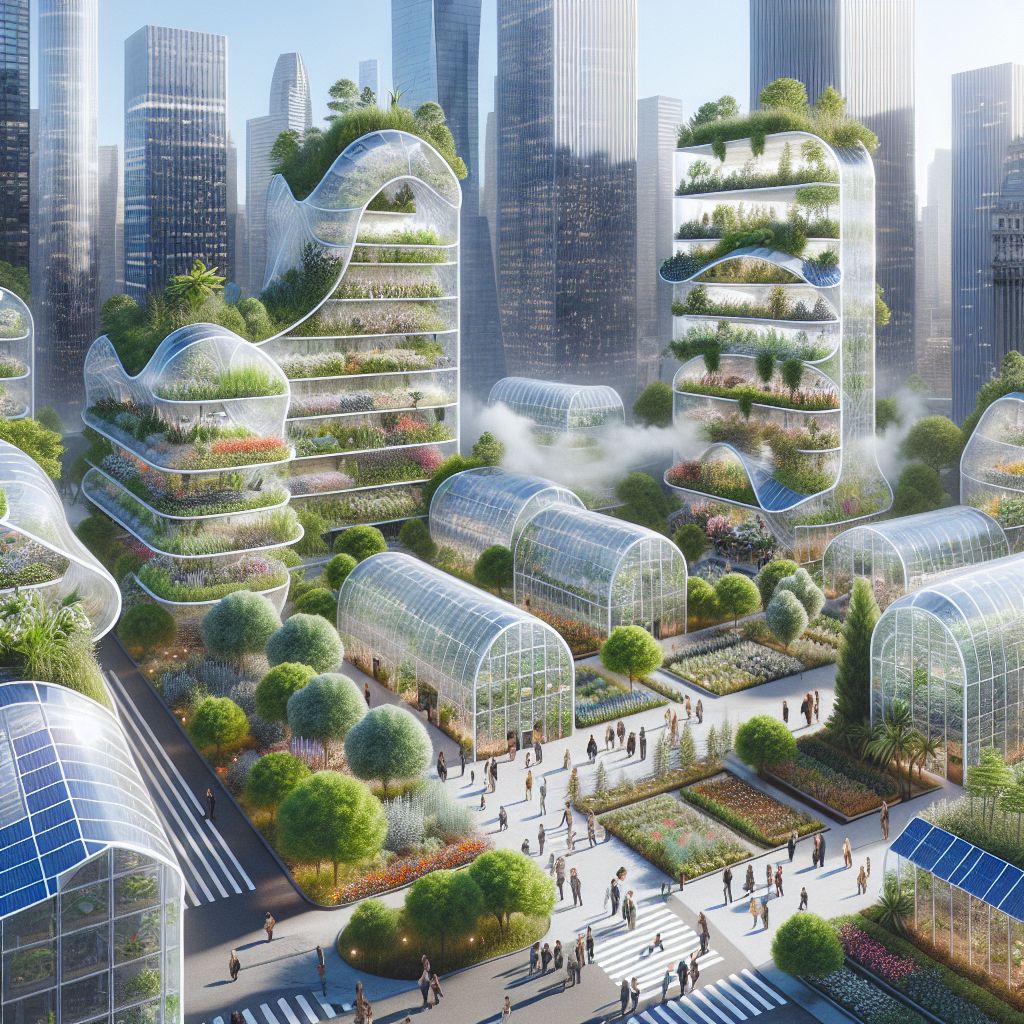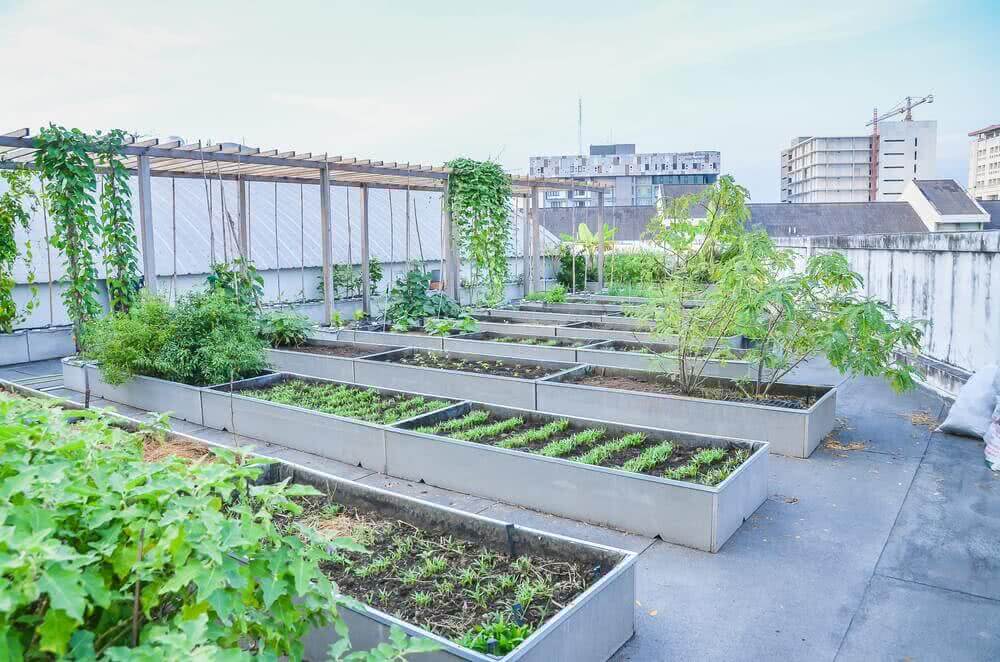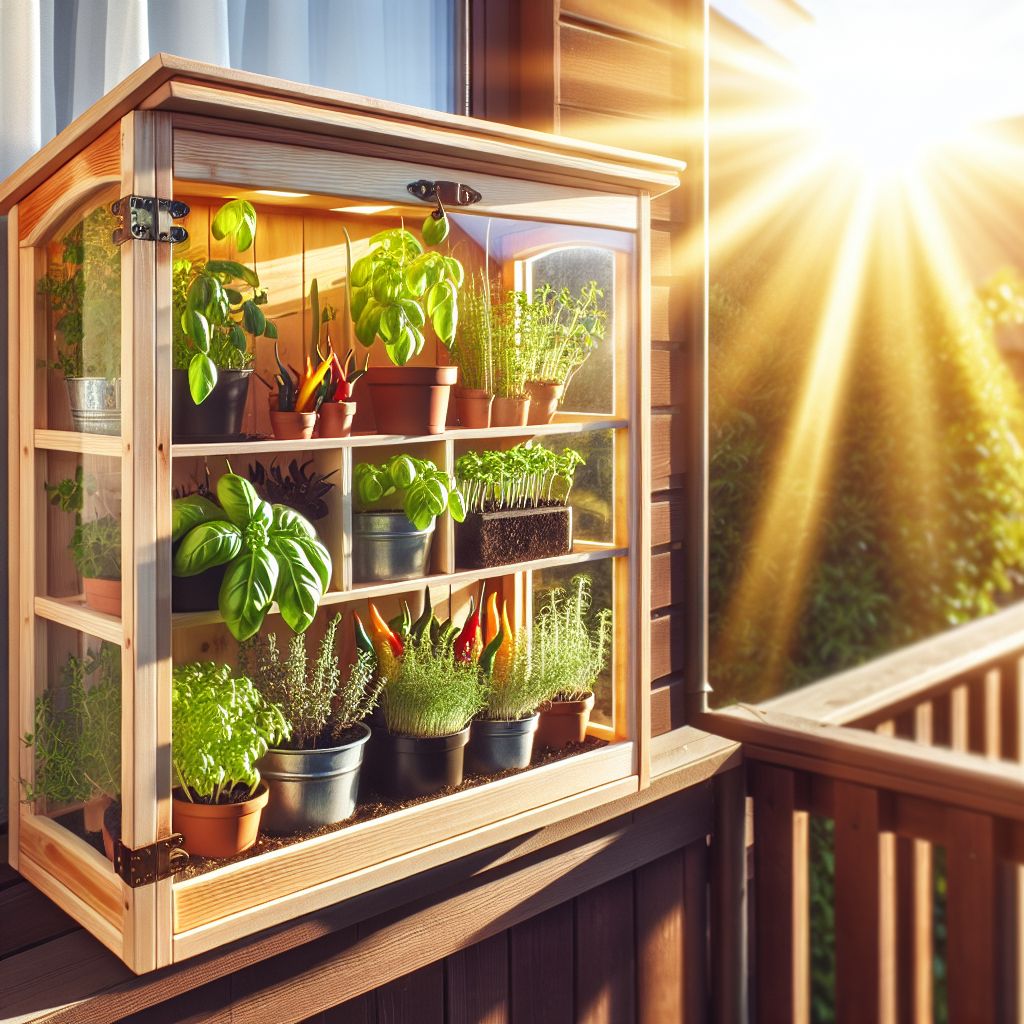Article-at-a-Glance
-
Discover innovative urban greenhouse designs that maximize limited city space.
-
Learn about vertical gardening and stacked hydroponic systems to grow more in less space.
-
Explore the benefits of modular greenhouses for customization and easy assembly.
-
Find out how miniature greenhouses can fit into even the smallest urban areas.
-
Understand how advancements in lighting and materials contribute to more efficient urban greenhouses.
Maximizing Your Space: The New Wave of Urban Greenhouses
Space is a premium in the city, but that doesn’t mean you can’t have a lush garden of your own. Urban greenhouses are the game-changers here, offering innovative solutions to grow plants in limited spaces. From balconies to rooftops, there’s always a spot to cultivate your green thumb, and I’m here to show you how.
What Makes a Greenhouse Urban-Friendly?
An urban-friendly greenhouse isn’t just about size, it’s about adaptability. It’s a structure that makes the most of your available space and resources. It’s designed to work with the constraints of city living, like noise, pollution, and lack of soil. But most importantly, it’s about sustainability—using less water, less energy, and producing more plants.
The Essentials of Space-Efficient Greenhouse Designs
When you’re tight on space, efficiency is key. Space-efficient greenhouse designs integrate smart, multi-functional features that allow you to grow more with less. They utilize every inch of available space and can be customized to fit your specific urban environment. Here’s what to look for:
-
Vertical structures that use height instead of floor space
-
Modular components that can be easily added or removed
-
Collapsible elements for easy storage when not in use
-
Integrated systems for water and nutrient delivery

Vertical Wonders: Towering Solutions for Limited Spaces
Vertical gardening is not just a trend, it’s a practical solution for urban dwellers. By growing upwards, you can significantly increase your planting area without spreading out. Let’s dive into how you can implement these towering solutions.
Innovative Vertical Garden Panels
Vertical garden panels are like multi-story buildings for plants. They are perfect for growing herbs, strawberries, and even some vegetables. Most importantly, they’re easy to install on any sunny wall or fence. Here’s how you can start:
-
Choose a south-facing wall to get the most sunlight.
-
Install a vertical panel system – you can find these at your local garden store or online.
-
Select plants that are suited for vertical growth and your climate.
Vertical panels not only save space but also turn a blank wall into a living piece of art.
Stacked Hydroponic Systems
Hydroponics is a method of growing plants without soil, using mineral nutrient solutions in a water solvent. Stacked hydroponic systems take this to the next level by layering multiple growing trays on top of each other. This is perfect for leafy greens and herbs that don’t need deep roots. Plus, hydroponics use up to 90% less water than traditional soil gardening!
Utilizing Rooftops and Balconies
Don’t overlook the potential of your rooftop or balcony. These spaces can be transformed into productive greenhouses with the right setup. Choose lightweight containers and structures to ensure your space can support the weight. Greenhouses on rooftops and balconies not only provide fresh produce but also help insulate your building, reducing energy costs.

“terrace gardening and green roofs” from www.ugaoo.com
Besides that, they offer a fantastic way to escape the hustle and bustle of city life, giving you a private oasis high above the streets.
Interchangeable Greenhouse Parts
Imagine a greenhouse that can change as your urban garden grows. That’s the beauty of interchangeable parts. These modular elements allow you to expand or reconfigure your greenhouse to suit your evolving needs. It means you can start small and grow big, or switch up your layout with the seasons.
Designing for Easy Assembly and Disassembly
City living often means moving from one place to another. That’s why urban greenhouses should be designed for easy assembly and disassembly. Look for designs that use snap-together frames or tool-free construction. This way, you can take your greenhouse with you if you move, or pack it away when not in use.
Compact Greens: Miniature Greenhouses for the Smallest of Areas
Even if you only have a windowsill to spare, you can still join the urban gardening revolution. Miniature greenhouses are designed to fit into the smallest of spaces, bringing the joy of gardening to everyone, regardless of where they live. Learn more about growing cooking herbs indoors to enhance your urban gardening experience.
Window-Box Greenhouses
Window-box greenhouses are perfect for those with limited space. They attach to your window sill and act like a mini greenhouse, creating the perfect microclimate for your plants. They’re ideal for herbs and small vegetables, and they also add a touch of greenery to your urban view.

Foldable and Wall-Mounted Greenhouse Kits
For those who want a bit more flexibility, foldable and wall-mounted greenhouse kits are the way to go. These can be unfolded or dropped down when you want to use them and put away when you need the space for something else. They’re a smart solution for the space-conscious urban gardener.
For example, a foldable greenhouse kit can be set up on a small balcony during the spring and summer months to grow a variety of plants, and then easily stored away during the colder months to make room for other activities.
Bright Ideas: Advancements in Greenhouse Lighting and Materials
Innovation doesn’t stop with design. Advancements in materials and lighting are making urban greenhouses more efficient and productive than ever before.
LED Lighting for Optimal Plant Growth
LED lighting is a game-changer for urban greenhouses. It provides the full spectrum of light that plants need to grow, but uses a fraction of the energy of traditional bulbs. Plus, LEDs emit less heat, reducing the risk of overheating your plants in a small space.
Smart Glass: Adjusting for Climate and Solar Gain
Smart glass technology allows greenhouse panels to adjust their transparency based on the weather. This means your plants get the sunlight they need without the risk of burning on hot days. It’s a smart way to regulate temperature and light, ensuring optimal growing conditions year-round.
An example of smart glass in action is in a rooftop greenhouse in a busy city. The glass can darken to reduce heat during the peak sun hours, and then lighten to take advantage of the softer sunlight in the mornings and evenings.
Thriving in Tight Quarters: Tips for Managing Your Urban Greenhouse
Managing an urban greenhouse comes with its unique set of challenges. Here’s how to overcome them and keep your garden thriving.
Efficient Watering Techniques in Small Spaces
Efficient watering is crucial in a small greenhouse. Drip irrigation systems and self-watering planters ensure that plants get the right amount of water without waste. Plus, they save time and reduce the risk of overwatering, which can be as harmful as giving too little.
-
Efficient watering systems can save time and resources in urban greenhouses.
-
Natural pest control methods are essential for maintaining a healthy urban garden.
-
Selecting the right plants for your urban greenhouse can lead to a more successful harvest.
-
Community and educational urban greenhouse projects showcase the potential for local sustainability.
-
Urban greenhouses can provide fresh produce year-round with the right techniques and planning.
Transformative Urban Greenhouse Projects
Across the globe, urban greenhouses are not just a source of fresh produce, they’re becoming cornerstones of community and education. Let’s look at a couple of initiatives that have transformed spaces and lives. For more insights into the greenhouse technology in architecture, ArchDaily offers a comprehensive look at how these structures can create bright, sustainable spaces.

“Meet the urban greenhouse developers..” from www.hortidaily.com
The Community Rooftop Garden Initiative
In the heart of a bustling city, a once barren rooftop now teems with life, thanks to the Community Rooftop Garden Initiative. Local residents, who lacked garden space, now cultivate vegetables, herbs, and flowers, turning grey to green. This project not only provides food but also a sense of community, as neighbors work together to maintain the garden.
Schoolyard Greenhouses: Educating the Next Generation
Schools are also recognizing the value of greenhouses as educational tools. One inner-city school transformed its unused courtyard into a thriving greenhouse. Here, students learn about biology, sustainability, and nutrition, gaining hands-on experience that goes beyond the classroom walls.
Frequently Asked Questions
When it comes to urban greenhouses, there are always questions about getting started, maintaining, and optimizing these spaces. Here are some of the most common queries answered to help you on your journey. For a comprehensive guide, consider reading our greenhouse growing guide for beginners.
Can I Grow Year-Round in an Urban Greenhouse?
Yes, with the right setup, you can grow year-round. Insulation, heating, and appropriate lighting are key to overcoming seasonal changes. Selecting plants that are suited to your climate and the conditions inside your greenhouse will also contribute to your success.
Remember, the goal is to create a stable environment where plants can thrive regardless of the weather outside.
How Can I Utilize Vertical Space Effectively?
Vertical space is your best friend in an urban greenhouse. Here’s how to make the most of it:
-
Install shelving or hanging systems to take advantage of height.
-
Use climbing plants to draw the eye upward and maximize yield.
-
Consider a trellis or green wall for both aesthetics and function.
For instance, a trellis system can support tomato plants, allowing them to grow upwards rather than sprawling across valuable floor space.
With creativity, even the narrowest spaces can become productive.
Are There Space-Saving Greenhouses That Are Also Affordable?
Affordability is a common concern, but there are budget-friendly options available. Mini-greenhouses, DIY kits, and repurposed materials can all lead to cost savings. It’s about being resourceful and looking for solutions that fit both your space and your wallet.
What Are the Best Plants for an Urban Greenhouse?
The best plants for your urban greenhouse depend on your climate, the amount of light available, and your personal preferences. However, here are some generally good choices:
-
Herbs like basil, cilantro, and mint, which are easy to grow and use frequently in cooking.
-
Leafy greens such as lettuce, spinach, and kale, because they don’t require deep soil and can be harvested multiple times.
-
Tomatoes and peppers, as they thrive in the warm, controlled environment of a greenhouse.
Experiment and find what works best for you, that’s part of the fun!
How Do I Control Temperature and Humidity in a Compact Greenhouse?
Controlling temperature and humidity in a compact greenhouse is all about balance. Use vents and fans for air circulation, and consider a small heater or heat mats for cooler months. During hot periods, shade cloths can prevent overheating. A hygrometer will help you monitor humidity levels, which can be managed with proper ventilation and watering practices.
Remember, the key is to observe your plants and adjust as needed. They’ll tell you if they’re too hot, too cold, or too damp!
